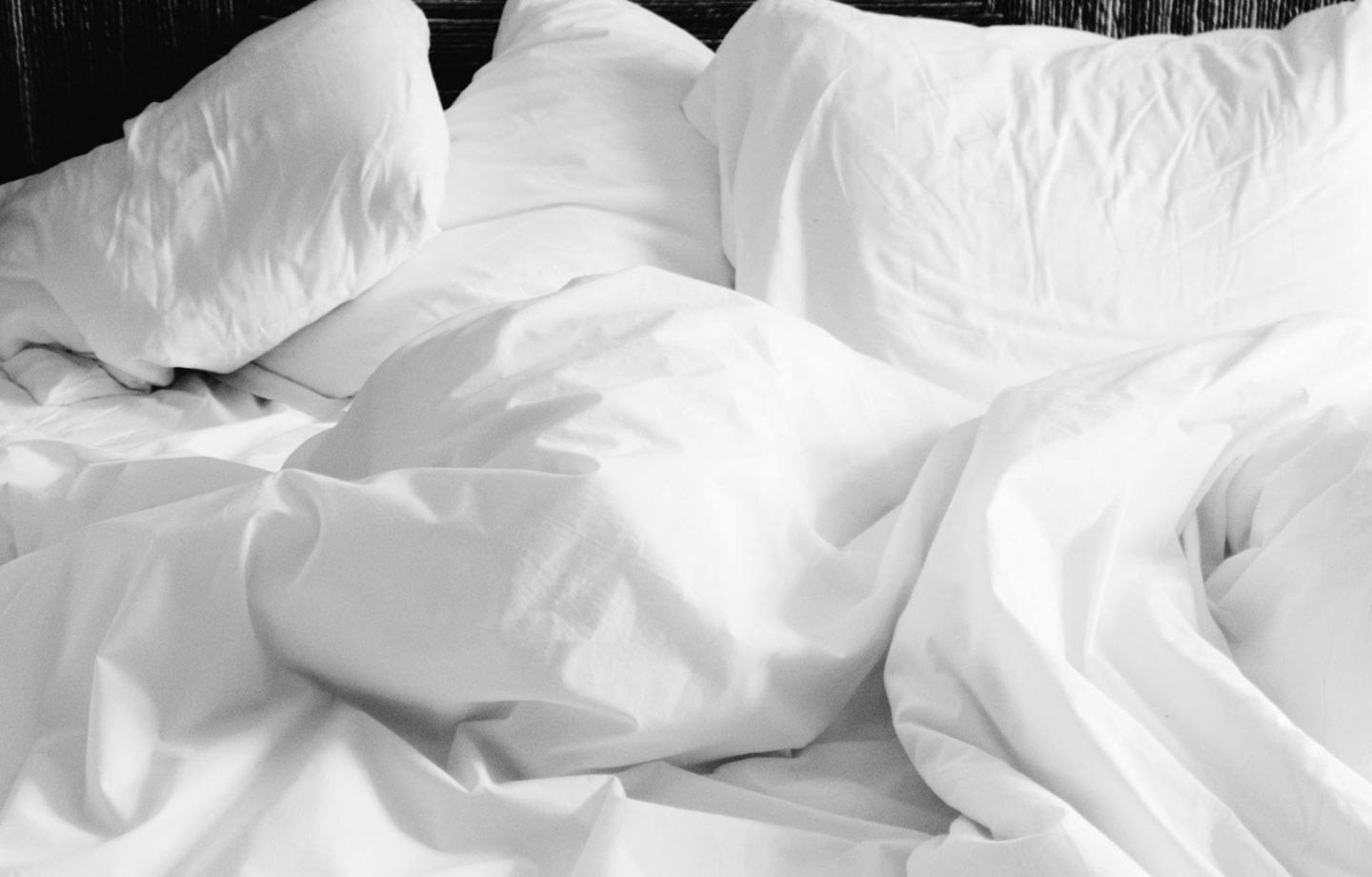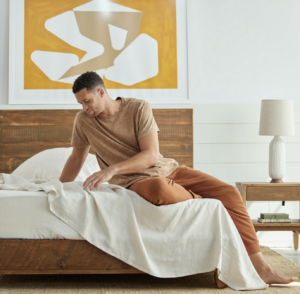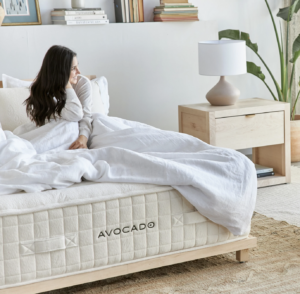Use these simple techniques to minimize disruptions to sleep soundly through the night by creating a peaceful and calming bedroom.
Some people can blissfully sleep through anything, but not all of us are so lucky. Take my husband, for instance. He’s easily awakened thanks to his heightened sensitivity to light and noise, such as a streetlight leaking through the blinds, a noisy neighbor, or an uncomfortably warm room.
These sensory disruptions are more than just annoyances; they can harm your sleep and well-being. However, a little experimentation with your bedroom setup can go a long way in minimizing sensory overload.
During sleep, our brains shift from an active, alert state to a more subdued, restorative mode, explains Chelsie Rohrscheib, Ph.D., a neuroscientist and the Head Sleep Expert at Wesper. As this happens, minimizing external stimuli increases our chances of entering two crucial sleep stages: deep sleep and REM sleep.
Fortunately, our brains have ways of helping us out. Rohrscheib says the brain has mechanisms that turn down the volume of our senses and release special chemicals so we can snooze more deeply. This way, noise and light don’t bother us as much, and our brains can focus on essential tasks like emotional regulation, cellular repair, and strengthening our memories.
“Without this necessary disengagement from our surroundings, achieving restorative sleep would be significantly impaired, leading to cognitive deficits and overall health deterioration,” adds Rohrscheib.
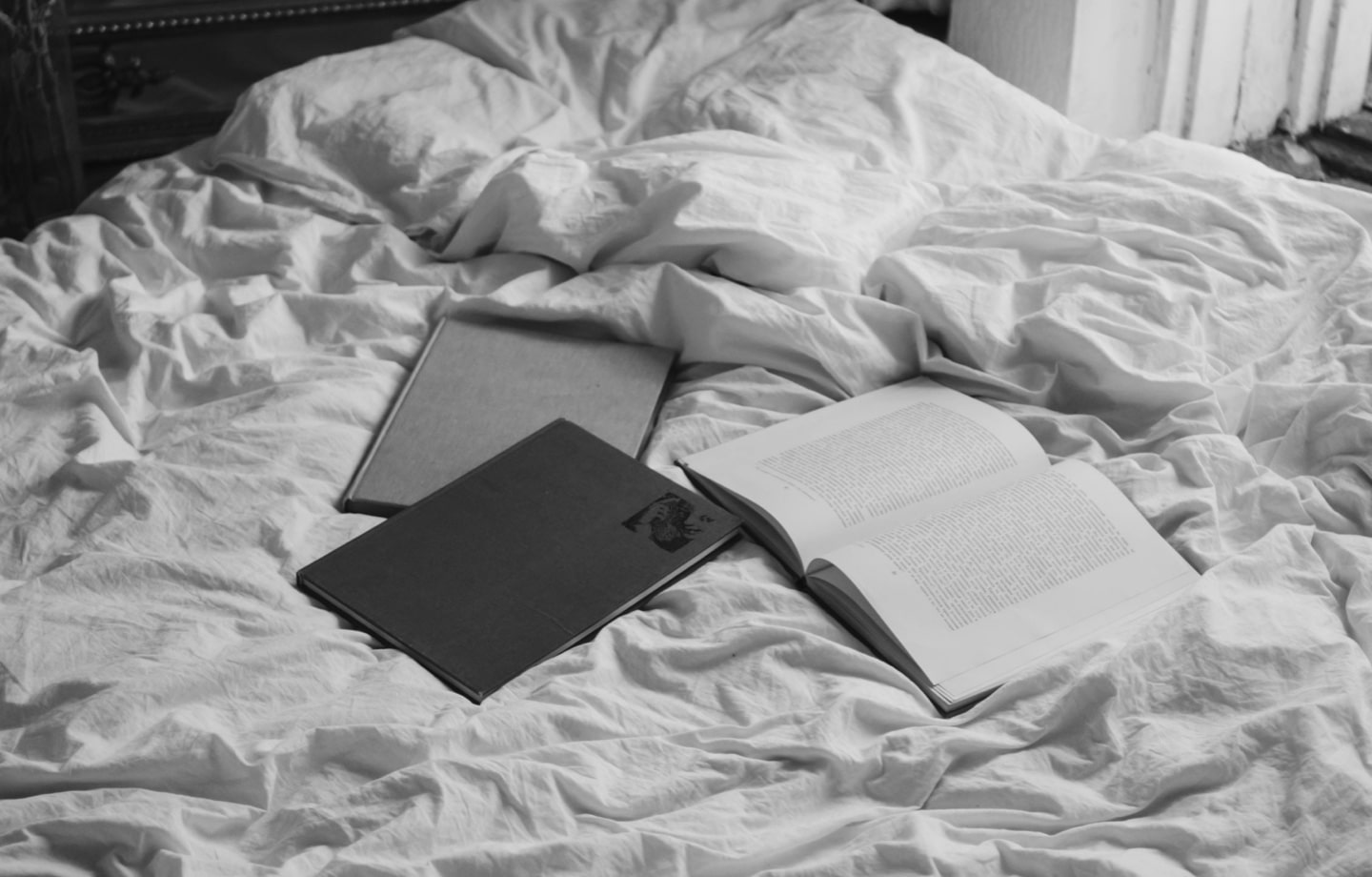
Read more: When is it Time For a Sleep Study?
When we get quality sleep, our minds become sharper, our moods improve, and our bodies are better equipped to fight illness. Creating a cool, dark, and quiet sleep environment is ideal, and sensory deprivation techniques can help.
When I think of sensory deprivation, I first picture a sleek yet somewhat intimidating isolation tank at a health spa. Inside, the pods are pitch-black, sound-proofed, and saltwater-filled so that guests can enter a deep state of relaxation as they float weightlessly.
But how can you achieve a similar lulling effect without complete isolation? Here’s how to prevent sleep disturbances so you can get enough rest from the comfort of your own bed.
Light
Our bodies have an internal timer, the circadian rhythm, that tells us when to feel sleepy and when to wake up. Light, especially bright or blue light at night, can mess with your natural rhythm and make it harder to fall asleep at the right time. Inappropriately-timed light exposure can even shift your sleep schedule, making you feel tired earlier or later than usual.
Ever since my husband introduced me to blackout curtains, I’ve become a huge fan. They’re a simple way to block out excess light, creating a dark sleep environment—almost like you’re already tucked under the covers with your eyes closed. These days, they’re not just about function; heavier curtains have become more stylish and sustainable with the availability of organic linen options.
Another trick I use is strategically placing or covering light-emitting devices, such as an internet modem or power strip. You can use a cable management box, electrical tape, or removable blackout stickers to cover tiny LED lights. Or maybe wearing an eye mask is more your speed—one you keep on your nightstand or pack in your bag for overnight stays.
If you need to get out of bed in the middle of the night, avoid jolting yourself awake with harsh lighting. “Using a red light at night,” says Rohrscheib, “will not stimulate your brain in the same way as white or blue light and doesn’t disrupt your circadian rhythm.”
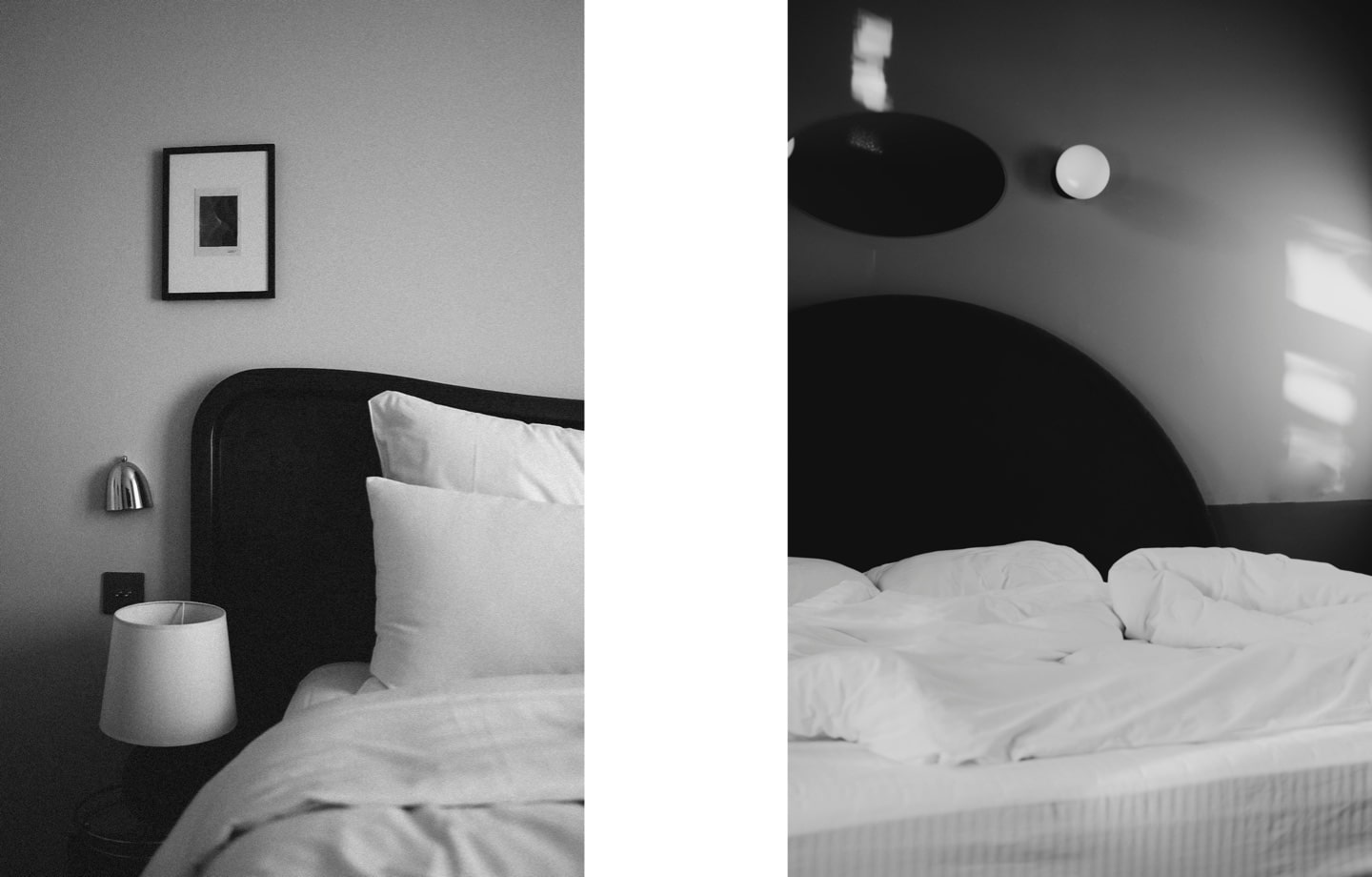
Read more: How Light Affects Sleep
Sound
What one person finds quiet, you might find disruptive. Factors like the frequency of a pitch, the duration of a sound, and whether the sound is meaningful, like a familiar voice, all play a role in whether a person’s sleep is interrupted by it.
In general, scientists say all noise should be reduced to below 35 decibels when it’s time for sleep. That’s equivalent to the sound of your breathing or a whisper, a level most people find best for sleeping. However, the key is to personalize your sleep environment to create a level of quiet that works for you.
One of my favorite tools for muffling sound is noise-canceling earplugs made of silicon, specially designed for deep focus and sleep. They’re a comfortable upgrade from the squishy foam ones at pharmacies and gas stations. I bought my first pair when loud-stepping neighbors moved in upstairs with kids who love to jump while playing. My sleep has significantly improved ever since.
Not a fan of the way earplugs feel in your ears? Turn on a white noise machine, an air purifier, or even a fan. The low, steady hum will serve as neutral background noise to mask disruptive sounds. Those sounds may still be faintly audible but less likely to wake you up.
If you live in a neighborhood with constant traffic noise or construction, consider soundproofing your bedroom to the best of your ability. Affordable solutions like weather stripping and door sweeps can seal gaps and cracks around your windows and doors.
Rohrscheib recommends installing noise-canceling wall panels, such as acoustic panels or decorative foam, for rooms with thin walls. She says you can also place heavy furniture like bookshelves against walls that face noisy areas. “Similarly, upholstered furniture can help dampen noise within the room,” she adds.
Touch
As we fall asleep, our body temperature dips and changes across different sleep phases. A room that’s too warm can disrupt this process, making falling and staying asleep harder. Ideally, your room should be between 63 and 82 degrees Fahrenheit, depending on what feels most comfortable.
Personally, I run a little cold, while my husband runs warm. Finding a temperature that works for both of us has been our solution. Setting our AC to auto mode adjusts the temperature throughout the night, keeping us cool and asleep. Plus, the auto function is more energy-efficient and budget-friendly than keeping it on all night. If you have a ceiling fan, you can significantly lower your energy bill even more, but it may not keep your room as cool as needed.
Beyond temperature, you need a comfortable bed. Choosing the right pillow and an organic mattress with targeted support zones can minimize pressure points. You’ll also want to pick PJs and bedding made of breathable, temperature-regulating fabrics to prevent overheating. Percale sheets offer a cool, crisp feel if you’re a hot sleeper.
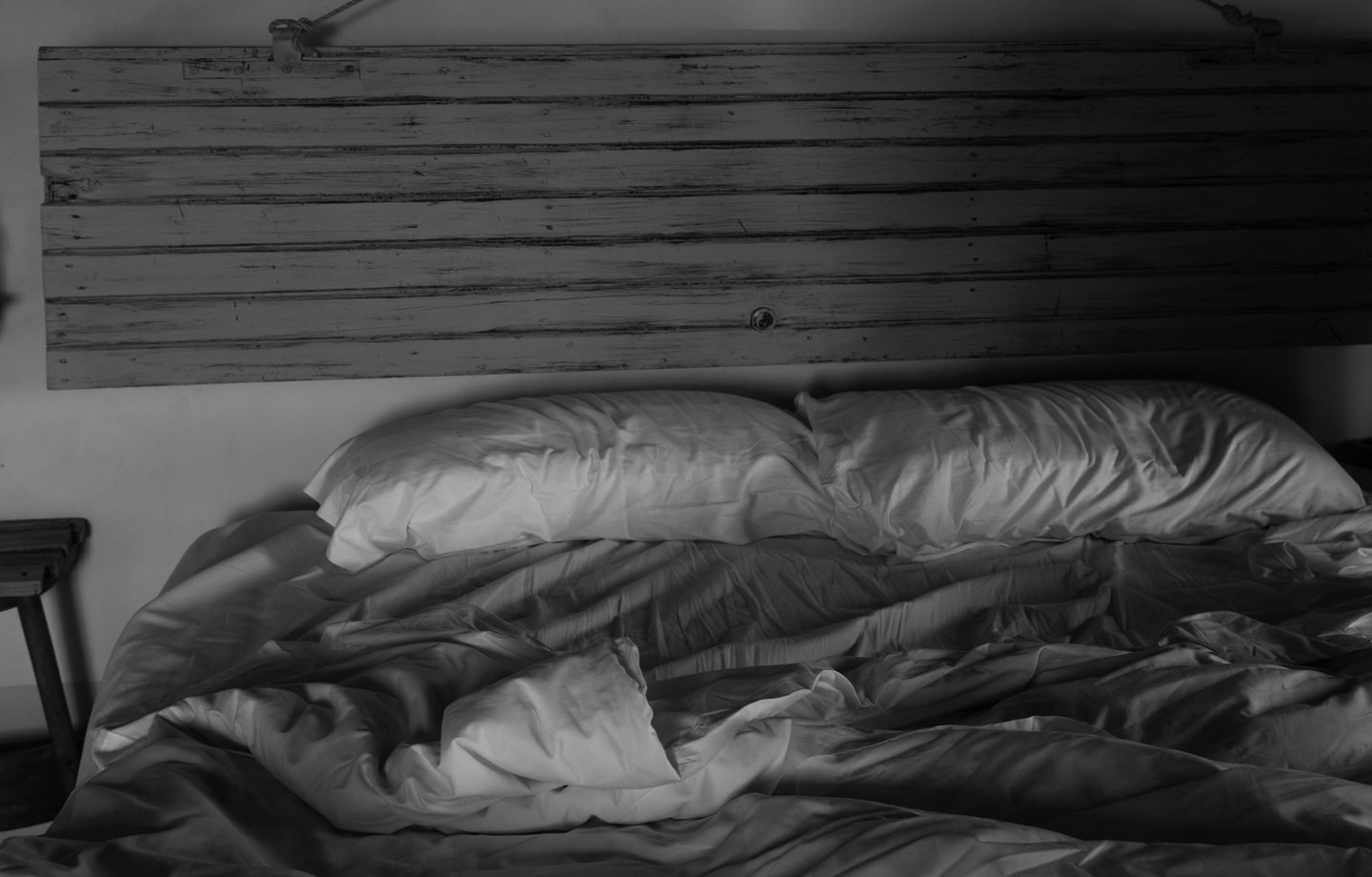
Read more: Why Percale Sheets are the Best for Hot Sleepers
Safety Considerations
Creating a dark, quiet, and cool sleep sanctuary can improve your sleep, but feeling secure is equally important. In some cases, complete sensory deprivation may be dangerous. For instance, you still need to hear smoke alarms.
Reduce light and sound gradually to identify potential issues and adjust accordingly. Some techniques might not be suitable for all. If you have any pre-existing health concerns, consult your doctor before making changes.
You’ll be well on your way to sweet dreams by prioritizing your comfort and peace of mind.
Read more: How to Create a Soothing Bedtime Routine
Have feedback on our story? Email [email protected] to let us know what you think!

Shop Pillows
The Essential Organic Pillow Collection
Gentle, breathable, non-toxic support.




